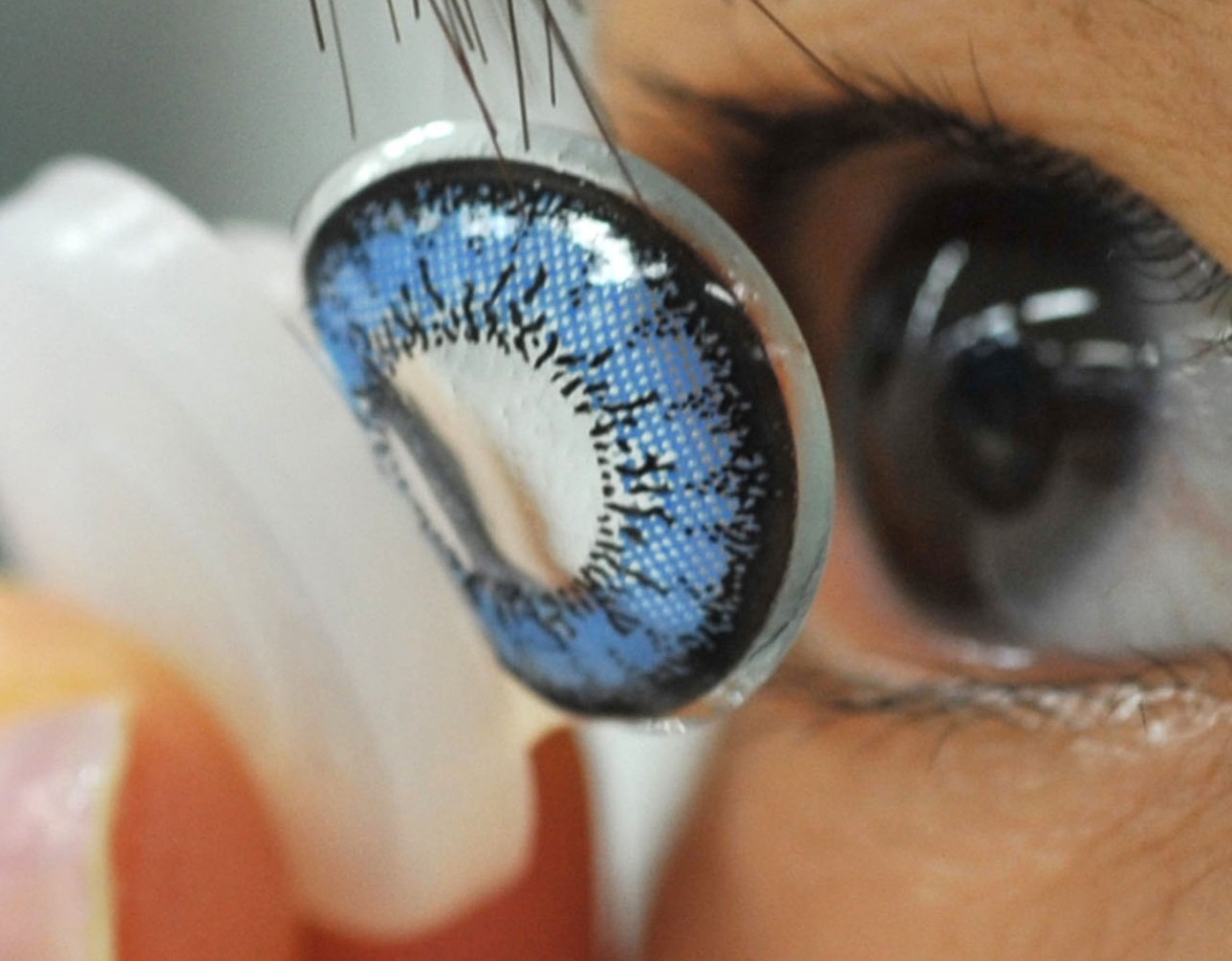
More than 30 million people in United States alone wear contact lenses. What excuse do you have to neglect the blessings of these tiny plastic devices that have been a popular mode of vision correction for this huge population? Contact lenses may be uncomfortable for many but this must not call for a drop out. Instead; meet an eye care professional, get your eyes examined and obtain a valid prescription. Understanding contact lenses is crucial to proper lens fitting if you have had failures with circle lenses in the past.
My Eyes cannot Tolerate Anything. How do I wear Contact Lenses?
Most of the patients who are suggested to take a switch complain about the same. Fortunately with advancement in contact lens technology; it is said that there is a pair of contacts for every one- does not matter how sensitive are your eyes. A doctor could help you switching between the different materials and brands to provide greater relief and comfort whilst enhancing the visual acuity. If your eyes cant stand to anything in front them then this is more of a practice issue than anything to worry about. Try touching your eyeball directly with your finger pad in the mirror. Once you control the involuntary closure of your eyelid; you will manage to insert contact lenses effortlessly.
What is the BC in Contact Lenses?
Base curve has the most important role to play. It is the the radius of the curvature of the back of contact lenses. Measured in millimetres; it ranges from 8.00 to 10.00mm whereas the most common base curve is 8.7mm. Base curve determines the best fit of contact lenses for your cornea.
Some corneas are flatter and some are steeper. If the BC is too tight it will lead to oxygen deprivation since it will no longer be moving on the cornea that is necessary to help your eyes breath. On the other hand if the base curve is too loose or big; it will lead to inflammation due to constant movement in your eyes. You can even have your contact lenses fallen out due to an improper fit.
What is Diopter?
Diopter is the unit of the measurement of contact lens power. It is mentioned with a plus or minus sign. Minus sign determines nearsightedness whereas a plus sign on your prescription indicates farsightedness. The prescription of contact lenses is far more comprehensive than the prescription of glasses. Furthermore, you could be a number less as compared to the prescription of glasses since contact lenses directly sit on your cornea whereas glasses rests on a distance.
Can Contact Lenses Correct Astigmatism?
Astigmatism is a refractive index error that is usually present from birth. Patients can develop in later years of life due to a surgery going wrong or an injury. In most cases astigmatism is too minor to be treated. People with severe astigmatism can use toric lenses. These soft contact lenses are kept heavier at the bottom and made with different degree of power at different meridians (to help prevent the rotation) so the lens auto adjust itself to the meridians where the vision correction is required. They may be slightly higher in prices than regular contacts due to the way they are manufactured. Unlike conventional contacts, toric lenses help correcting the vision at all distances.
Also Read: Are prescription contacts more expensive?
We hope this will help you develop a better understanding towards contact lenses. Without self-educating yourself, we doubt you will be able to enjoy a pleasing ride with your contacts!


